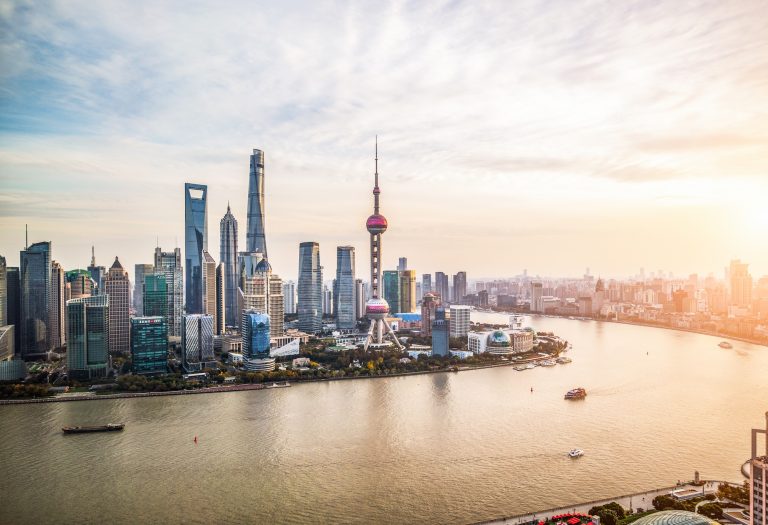New generation of towers grow across nation to fill the build-to-rent demand
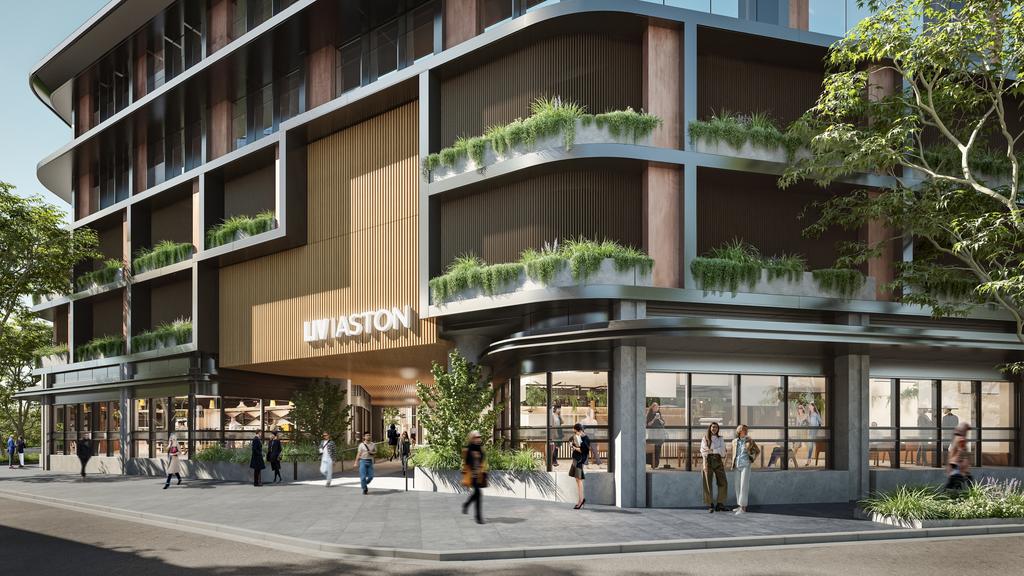
An artist’s impression of Mirvac’s LIV Aston in Melbourne.
Top developers are stepping up their build-to-rent operations with the listed Mirvac and private heavyweight Investa topping out their projects as the industry rapidly matures.
The big players are pushing deeper into Melbourne, which is the epicentre of the industry boom, and also launching new projects in Sydney.
Mirvac has just topped out its third project, LIV Aston, in Melbourne, with the big investors behind its build-to-rent operations – Japan’s Mitsubishi Estates Asia and the federal government’s Clean Energy Finance Corporation – on hand as it flagged further expansion in the area.
Investa is billing its Sydney project as the only purpose-built facility in the central business district and is also topping out this week, with hopes of securing prime market position ahead of rival projects coming out of the ground.
More operators are spreading their wings across Sydney with the Daniel Grollo-backed Home operation lodging plans for projects in St Leonards and Burwood.
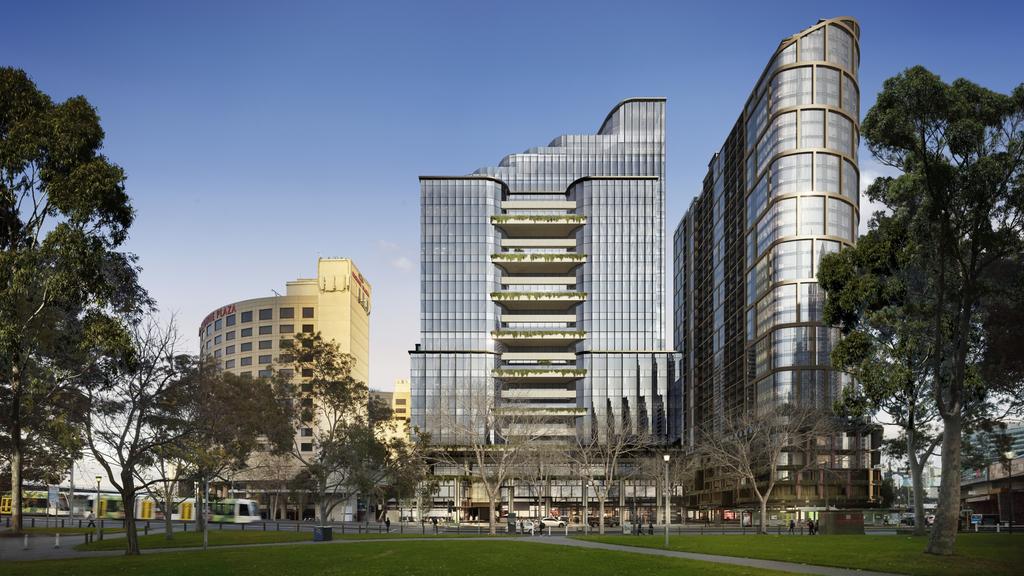
An artist’s impression of Mirvac’s third build-to-rent project, LIV Aston in Melbourne.
The head of Home, Christian Grahame, said the sites were ideally located near Sydney’s proposed Metro stations and pointed to its success in Melbourne, where new towers are riding the residential rental boom being underpinned by rising immigration.
“With vacancy rates sitting at 1.2 per cent, along with continued rental price increases, it is no wonder Melburnians are gravitating towards the BTR model which has seen widespread popularity in densely populated cities such as London and New York,” he said.
The burst at the premium end of the market is also being matched by projects that address broader social needs, like the Albanese government’s Social Housing Accelerator that will build around 4000 homes.
The government released the final implementation plans for the $2bn scheme at an apartment development at Sydney’s Westmead, where AXA IM Alts launched its Australian build-to-rent strategy via a partnership with St George Community Housing.
The National Housing and Finance Investment Corporation is providing a $300m umbrella facility to the partnership to deliver social and affordable housing. The complex will have 397 apartments, about half of which will be affordable.
It’s being built by Deicorp, which also developed 85 apartments for key worker tenants to SCGH in its Westmead Highline development, and undertook Redfern’s Pemulwuy Project for the Aboriginal Housing Company.
The flurry of activity shows the maturing of the sector beyond planning and into operations, with new entrants still flagging they will undertake projects.
In one of the latest moves, Brisbane-based Geon has said it will enter the hot area.
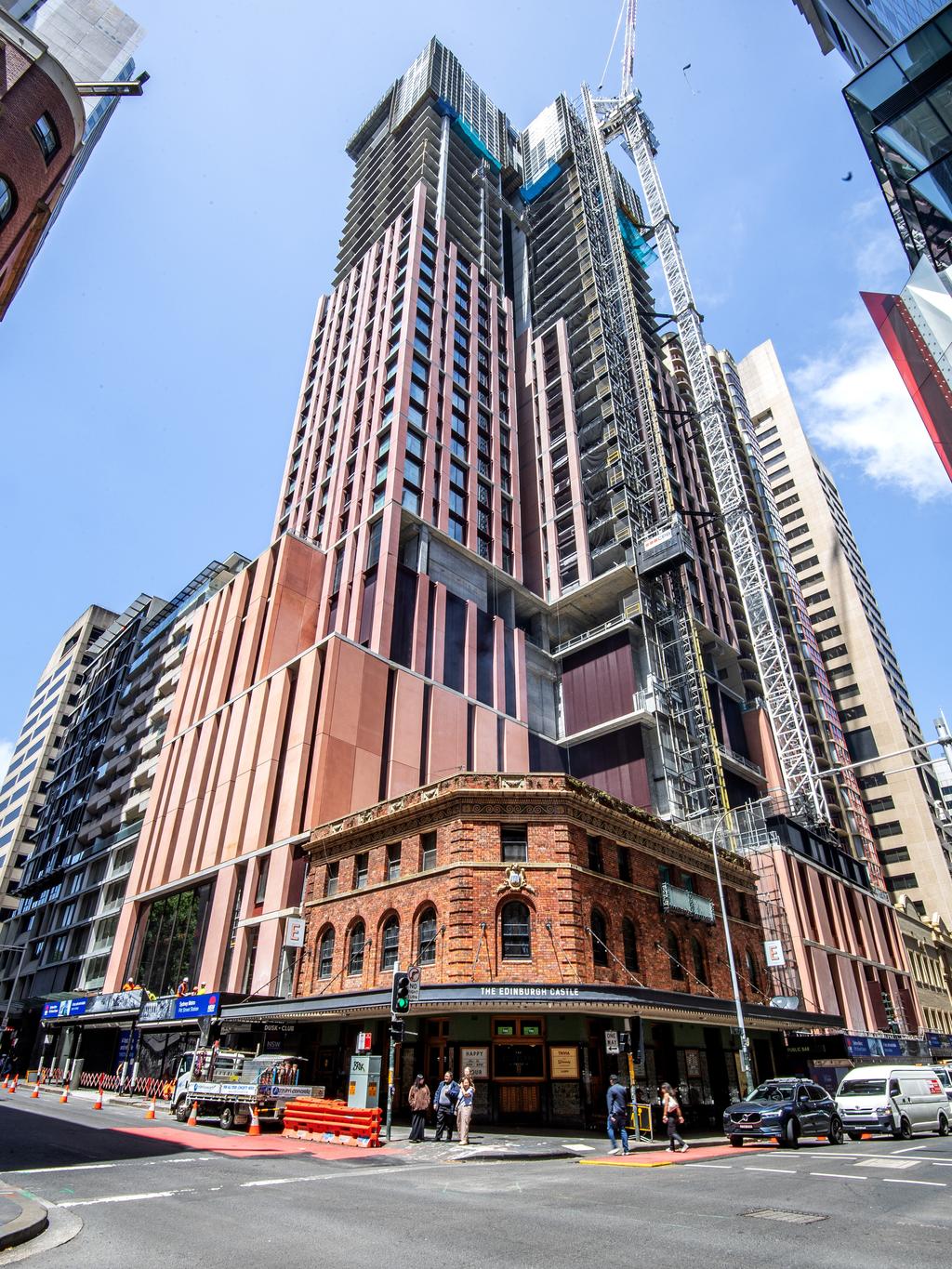
Indi Sydney is above Sydney Metro Gadigal Station.
The push comes amid the worsening of the housing affordability crisis, which is creating a generation of renters that institutional investors believe they can house if given the appropriate incentives. But in powerful asset consultant Frontier has warned the sector may not fully succeed with current policy settings in place.
Frontier said had governments taken strong decisive steps sooner, the sector might be more mature than it is today and called for further changes.
“We believe the federal government must create better policy levers in conjunction with state governments. Expedited tax reform is essential for attractive risk-adjusted returns which will appeal to institutional capital,” Frontier said.
It called for shifts in construction and materials and design, including mass-manufactured cross-laminated timber, which would lead to quicker construction time frames, better labour use and climate-friendly outcomes.
The consultant noted longstanding issues with state and federal taxes and the potential interest on local superannuation funds. “Institutional investors value certainty, consistency and attractive returns relative to other options. BTR in its current state presents unpredictable outcomes,” it said.
But offshore groups are backing local projects.
Investa this week “tops out” Indi Sydney, which is billed as the city’s first purpose-built, build-to-rent tower, as it sits in the heart of the central business district, directly above the new Sydney Metro Gadigal Station. It is being developed by Investa for Canada’s Oxford Properties Group.
The 39-storey tower will have 234 apartments for an up-market crowd as it offers views over Hyde Park to the Sydney Heads. It will also sport three levels of shared space for co-working meeting rooms and a wellness level.
Oxford head of Australia Alec Harper is backing the local industry. “Oxford is a high conviction investor in BTR globally, with market fundamentals in Australia particularly compelling. We look forward to Indi Sydney setting the high-water mark for the BTR rental experience in Australia,” he said.
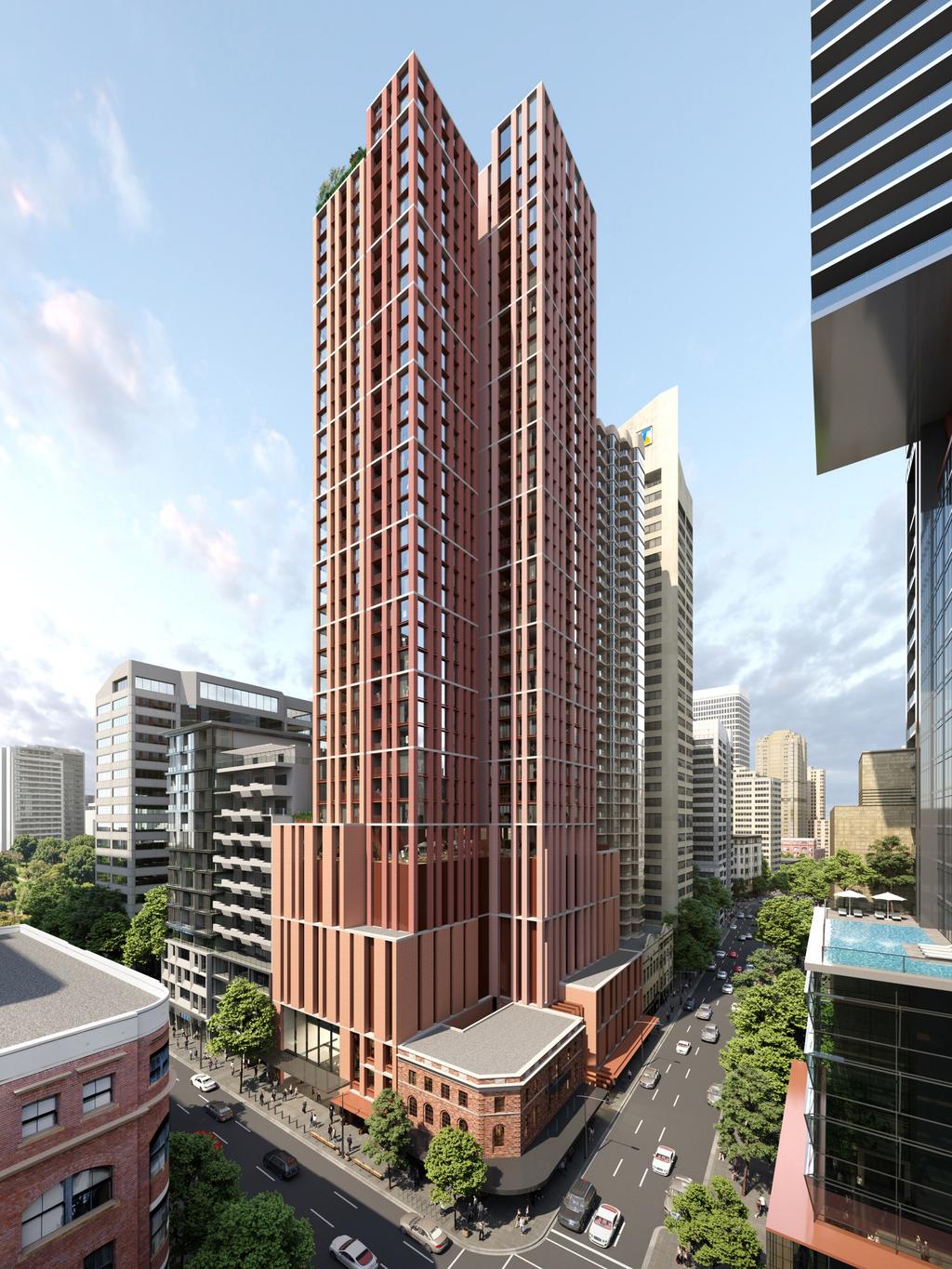
How the Indi Sydney build-to-rent tower will look.
Investa also believes the sector has a long way to run in Australia.
“Institutional investment in BTR will play an integral role in helping alleviate the acute accommodation shortfall experienced across Australia, especially in a market such as Sydney,” Investa fund manager, BTR, Nick Blake said.
Mirvac on Tuesday unveiled the “topping out” of its third build-to-rent project, LIV Aston in Melbourne, which will also include 20 dedicated affordable housing apartments.
It will be the first operational build in a mixed-use precinct being developed by Mirvac at 7 Spencer St, which combines apartments, offices and retail in the emerging Northbank precinct and Greenline project.
With about $1bn in build-to-rent properties under construction nationally and a secured portfolio of about 2200 specialist apartments, Mirvac’s $1.8bn venture with investors the Clean Energy Finance Corporation and Mitsubishi Estate Asia Pte. Ltd is on target to deliver 5000 build-to-rent apartments by 2030, with about 870 to be done next year.
“The recent establishment and capitalisation of our build-to-rent venture supports our vision to increase our exposure to the build-to-rent sector, grow our portfolio in the medium term, and play a key role in helping address the housing and rental shortfall in Australia,” Mirvac chief executive Campbell Hanan, said.
“Creating thriving communities is what we do best, and to be able to provide more quality rental accommodation is all the more important with the backdrop of the housing supply crisis,” Mr Hanan said.
Plenty more towers will need to come out of the ground before they can make a dent in the housing affordability crisis.


